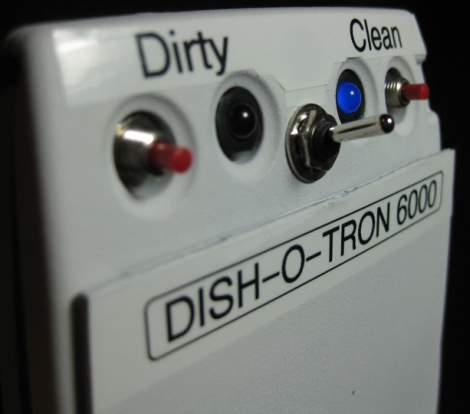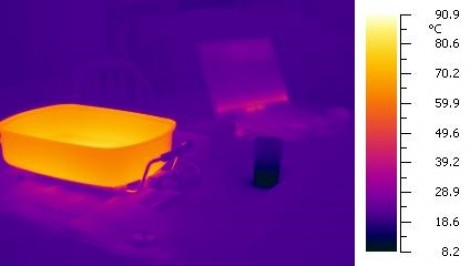
[Quinn] over at BlondiHacks is admittedly pretty absent-minded when it comes to household chores such as emptying the dishwasher. She often can’t remember if the dishes are dirty or ready to be put away, so she decided it was time to devise a mechanism that would help keep her on task. She originally considered a double-sided sign that said “Clean” on one side, “Dirty” on the other, but she chose the fun option and decided to over-engineer the problem instead.
She ultimately focused on two conditions that she needed to monitor: when the dishwasher had been run, and when the dishes have been emptied. To tackle the first condition, she used a thermistor to detect when the door of the dishwasher got hot from the wash cycle. The second wasn’t quite as easy, since she often peeks into the dishwasher to grab a clean dish when needed, unloading the rest later. She eventually settled on using a tilt switch to monitor the angle of the door, assuming that the dishes have been removed if the door was open for over a minute.
[Quinn] reports that her Dish-o-Tron 6000 works well, and she had a good time building it. Sure the whole thing is kind of overkill, but where’s the fun in moderation?














